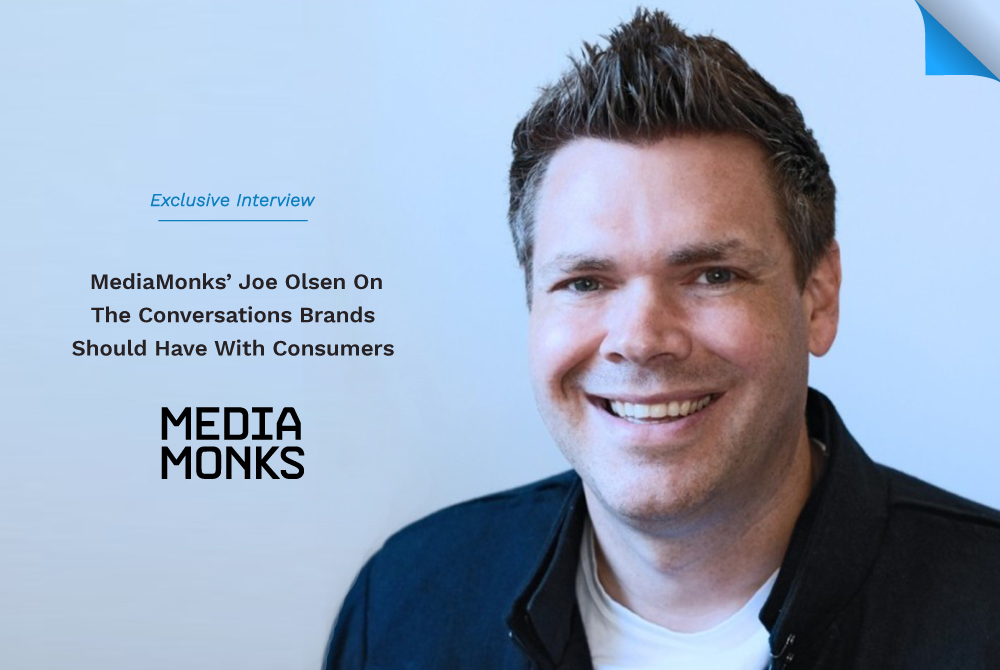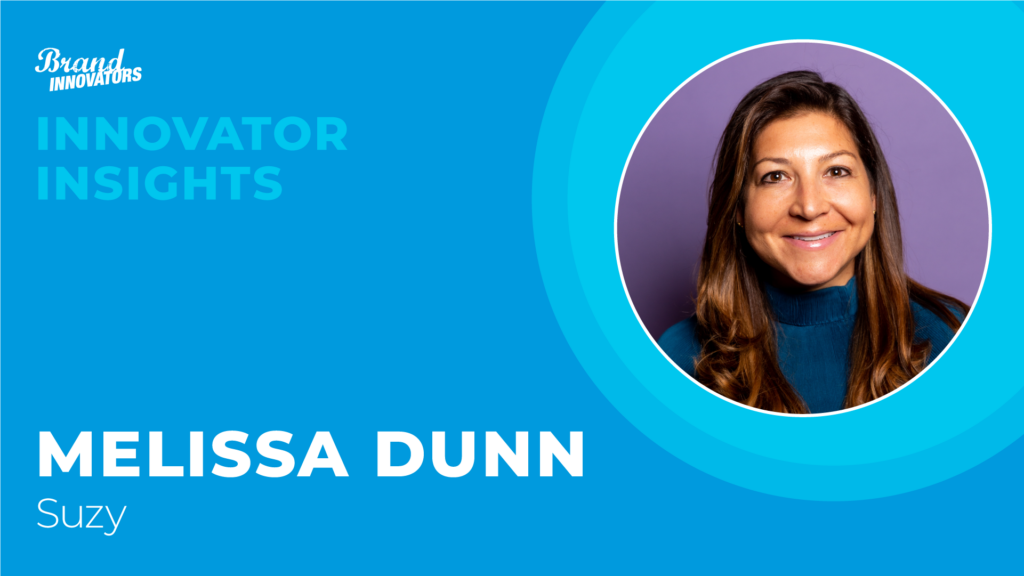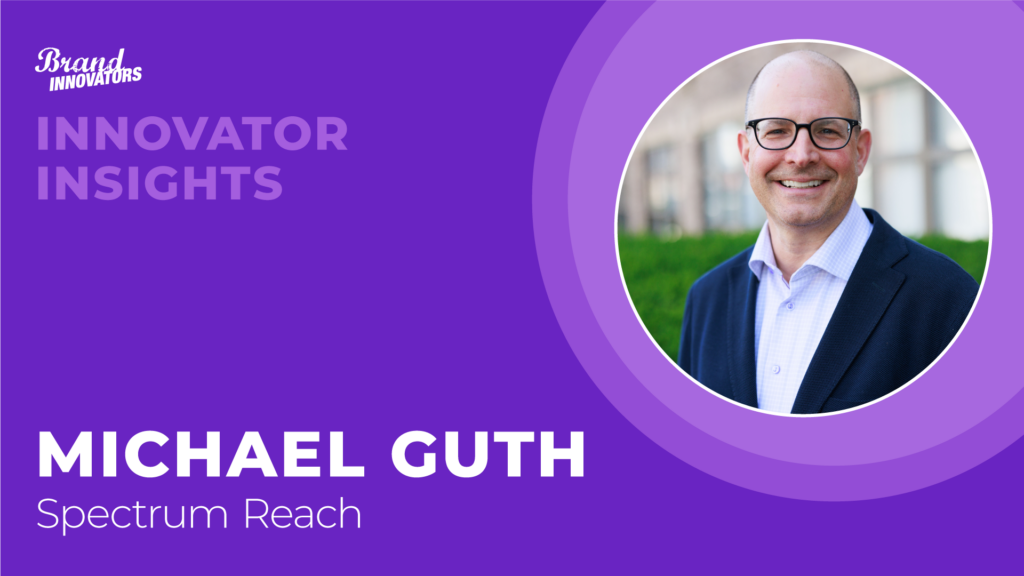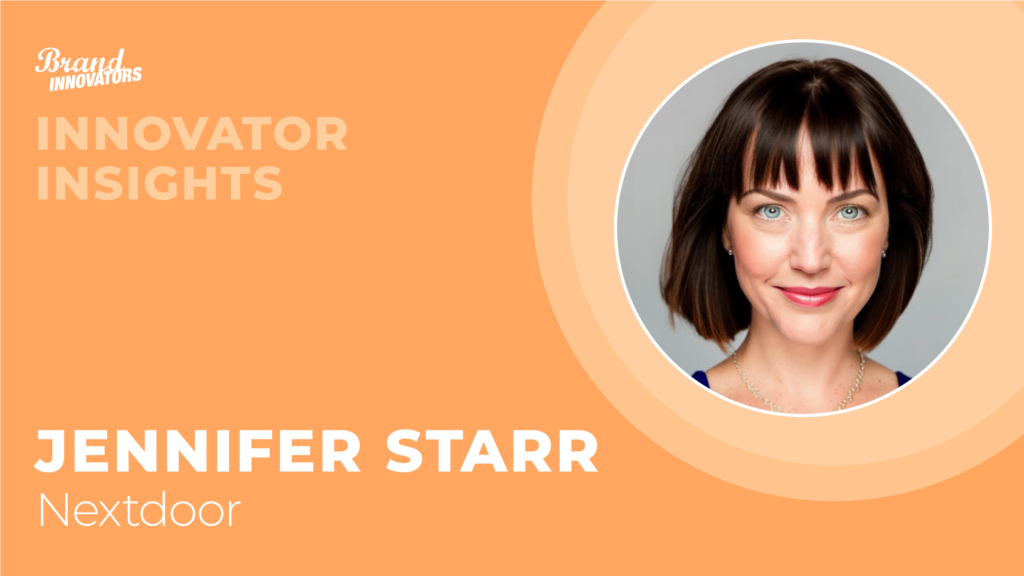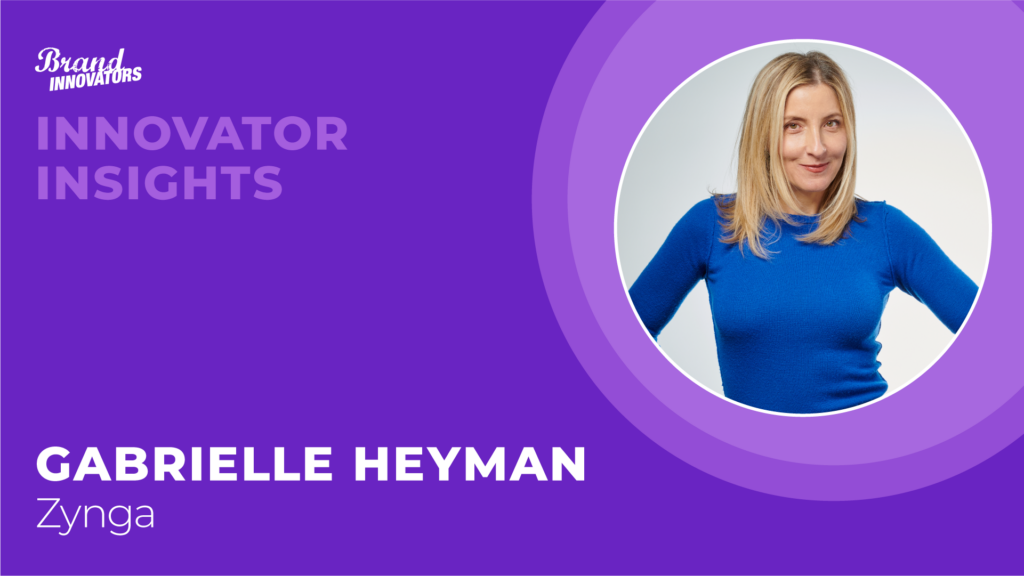Joe Olsen has a simple framework that brands could use to prioritize all the action items on their list in 2021.
The chief growth officer at MediaMonks looks at business opportunities and challenges by grouping them into three different areas: people, processes and outcomes. Over top of all these — almost like an umbrella — is “culture.” When you focus on all these areas and understand the relationship between them, he suggests, even the disruptive forces of COVID-19 can be overcome.
MediaMonks, which offers everything from creative production services to analytics, has been working directly with clients as they navigate the shifts brought on by the pandemic. According to Olsen, there have been clear demarcation points in how their handling of the situation has evolved.
“We saw a lot of brands trying to find triage solutions in the March, April and May timeframe,” Olsen told Brand Innovators. “Since then, some of the behaviours we saw happening as a near-term reaction have started becoming semi-permanent, where we see many of them now accelerating the transformation of their business.”
In the meantime, MediaMonks has been going through some transformation of its own. In early January, for example, its parent company S4 Capital welcomed Shanghai-based creative agency TOMORROW to merge with MediaMonks and dramatically expand its operations in China, and beyond.
Even more recently, MediaMonks made a bigger foray into the worlds of public relations (PR) and communications by bringing Jessica Clifton and Kevin King, former Edelman executives in senior roles. Then there was a merger with Germany’s Staud Studios.
From a client perspective, recent MediaMonks work has included a collaboration between Oreo and Lady Gaga, as well as a campaign for language learning app Babbel.
Although MediaMonks hasn’t been unaffected by COVID-19, Olsen said the firm has been able to make smart moves quickly, such as spinning out an experiential business into a virtual events practice. The idea is to help brands act with a similar agility.
“Finding the right channel for different customers or experiences is really a data-driven kind of conversation,” he said. “You need to have the data in the first place, and then structure it so it has context and you understand what’s important and what’s just noise.”
Feed “The Feed” With Something Worthwhile
As more brand experiences move toward digital interfaces of some kind, Olsen said he’s seeing an increased interest among marketers in social media. These are the platforms where people are spending more of their time, so it’s natural for brands to show up there.
This isn’t just limited to using social as a promotional channel. Olsen said he expects to see more sophisticated efforts based on creating games and other forms of entertainment.
”A lot of times this means getting away from traditional advertising and creating conversations with customers, or plugging in and ‘feeding the feed’ with things that are valuable and useful,” he said. “At the outset, the conversation we have with a brand might be where they say, ‘I need a social partner,’ or game partner. But very quickly that turns into a discussion about what sort of relationship you’re trying to create with the customer to help you with business challenges — but also how you could help them.”
Go Beyond Influencer Marketing To Creator Collaborations
For several years now, Olsen observed, brands have recognized the power of people on social platforms with a large following which could represent their target audience. Marketers can continue to approach influencer marketing in a purely transactional way — pay them or offer products in kind for a post — or look at something more sophisticated.
“A lot of these people are really creators — they’re small businesses and they’re creating content for or in lock step with brands,” he said. “It’s an approach that works best when the relationship is truly aligned with what the creator is trying to do and what the brand wants to do. It’s another example of this shift from a pure advertising play to more of a vehicle to have these conversations.”
Start Exploring The Best Way To Measure Creative Effectiveness
“Eyeballs,” clicks and other low-hanging fruit in terms of marketing metrics aren’t going to go away anytime soon. However Olsen sees greater opportunity to look at the data around audiences and brand activity to get at more meaningful key performance indicators.
“We’re getting into some really interesting discussions entering this time period where there is so much connected content being created across all these different channels, where you can really start to evaluate creative effectiveness,”he said. “We’re talking to some of the biggest tech companies about what that really means and how they can build models to support the ability to measure and sell against this stuff. There is a way to use data in a much more empathic way than it has been used in the past. Otherwise you can only push the traditional metrics so far before you have to dig into what makes some experiences in these platforms better than others.”
